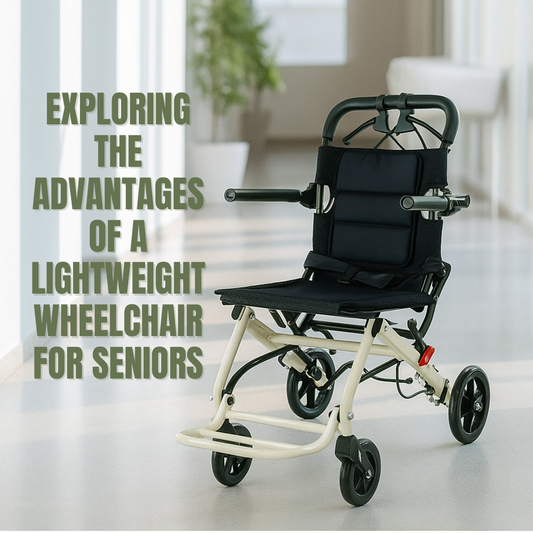Walking sticks have journeyed through history not just as tools for support, but as symbols of power, style, and personal identity. From wooden staffs used by ancient travelers to sleek, modern designs assisting today’s elders and patients, the humble walking stick has undergone a fascinating transformation. In this article, we’ll walk you through the evolution of walking sticks and how they continue to play an important role in mobility, especially for seniors and those recovering from injury.
A Historical Overview
The origins of walking sticks date back to ancient civilizations. Early humans used branches and carved wood to create rudimentary staffs for balance during long walks or treks. In ancient Egypt and Rome, walking sticks were not only tools for support but also emblems of authority and wisdom.
During the medieval era, walking sticks gained popularity among the elite and aristocrats. Crafted with intricate designs and valuable materials like silver, ivory, and gold, they were more than practical aids they were fashion statements. In the 17th and 18th centuries, a gentleman’s cane was as essential as his hat, used to reflect status, style, and even political leanings.
The Practical Shift: Walking Sticks as Mobility Aids
While walking sticks retained their ornamental value for centuries, their transformation into essential mobility aids began during the 19th and early 20th centuries. Medical professionals started recognizing their role in assisting individuals with injuries, arthritis, and age-related mobility issues.
By the mid-20th century, the emphasis shifted from decorative to functional. The walking stick for elders became a common sight in homes and hospitals. With improvements in medical science, the design of walking sticks evolved to provide better ergonomic support, stability, and adjustability.
Modern Innovations in Walking Sticks
Today's walking sticks are far from the basic wooden staffs of the past. They are now designed with lightweight materials such as aluminum and carbon fiber, making them easier to carry and use. Foldable walking sticks, adjustable height features, cushioned grips, and anti-slip rubber tips are just some of the innovations aimed at enhancing safety and comfort.
For seniors and patients, modern walking sticks often include added features such as LED lights for night visibility, built-in seats, or even shock-absorbing technology. These improvements have made them invaluable tools for daily mobility and independence.
In fact, many people now pair walkers and walking sticks for added stability. Walkers for patients offer full-body support, while a walking stick for elders provides convenience and ease of use for shorter distances or uneven terrain.
Walkers vs. Walking Sticks: Which One Is Right for You?
While both walkers and walking sticks serve to improve mobility, the right choice depends on the user’s specific needs.
- Walking Sticks are ideal for individuals who need light support, especially on one side of the body. They are best suited for seniors with mild balance issues, post-surgical recovery, or minor joint pain.
- Walkers for patients offer greater support and are designed for those who struggle with balance, muscle weakness, or have undergone major surgery. Walkers come with wheels or glides and often include seats or baskets for added utility.
Some patients may start with a walker and gradually transition to a walking stick as they regain strength and balance. Consulting with a physiotherapist or doctor can help determine the most suitable option.
Cultural and Personal Significance
Despite modern innovations, walking sticks have retained their cultural and personal significance. In many parts of the world, ornate sticks are still presented as gifts to elders or used in traditional ceremonies. Personalized handles, engravings, and hand-carved designs allow users to express their individuality, blending function with sentiment.
Sustainability and Customization in Today’s Market
As the demand for eco-friendly products grows, many manufacturers now offer walking sticks made from sustainably sourced wood or recycled materials. Customization has also become a trend, with users choosing their preferred color, handle style, and additional features.
This personalization not only enhances the user experience but also promotes emotional attachment to the mobility aid transforming it from a tool into a companion.
Conclusion: A Timeless Companion
From classic symbols of dignity to essential mobility tools, walking sticks have truly stood the test of time. Their evolution reflects advancements in both design and healthcare, meeting the diverse needs of users across generations.
Whether it’s for fashion, support, or recovery, the walking stick remains a trusted companion for millions around the world. As technology and awareness grow, we can expect even more innovative solutions to improve mobility and enhance the quality of life for elders and patients alike.
If you're looking to explore a range of walkers, walkers for patients, or the perfect walking stick for elders, make sure to choose a design that suits your comfort, safety, and lifestyle needs.



